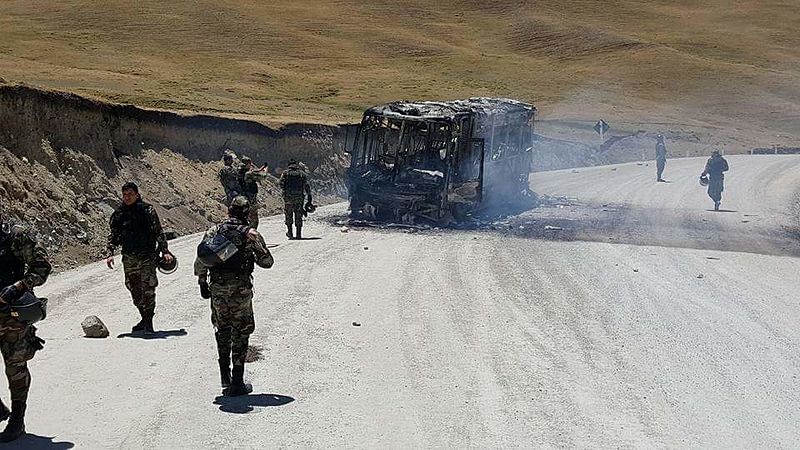
by Walter Vargas Díaz, openDemocracy
Peru has become the country of greatest attraction for mining investment in Latin America, according to a recent study by Fraser Institute, which assesses geological aspects, political environment and favorable regulation. However, this growth of investment has unleashed tensions in territories of indigenous communities, creating a powerful private force capable of influencing state decisions and exerting violence on lands, the environment and indigenous activists. Recently, the southern, Andean part of the country has experienced intense conflict at one of the largest copper mines in the world: Las Bambas.
Open-pit mining: Las Bambas
Las Bambas started commercial production of copper and molybdenum in 2016, 12 years after its international public bidding. The Swiss company Xstrata won the tender in 2004, in 2011 it obtained state approval of its Environmental Impact Study (EIA), in 2013 it was acquired by Glencore International, and in 2014 it was sold to the MMG Limited consortium, led by Chinese capital.
It is estimated that the mine produced more than two million tons of concentrated copper in its first five years, with direct impact on communities in the provinces of Cotabambas and Grau (Apurímac region) and in the mining circuit that extends to the high Andean provinces of Cusco. Although the project has three open pits, no consultation with the affected indigenous communities has been carried out. State indifference led the communities to direct negotiation attempts amid tensions with the mining companies.
Successive modifications of the EIA have unleashed a confrontation that reveals how the power of the mining industry has paved the way for repression, criminalization of communities, and human rights abuses.
Continue ReadingVIOLENCE, POWER AND MINING IN PERU


